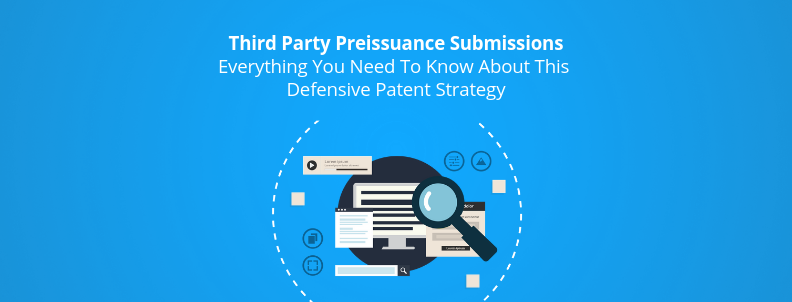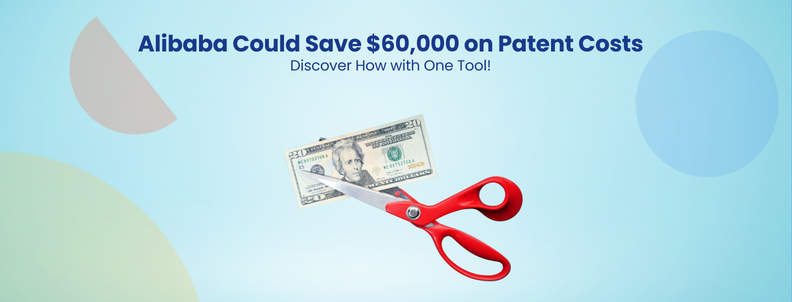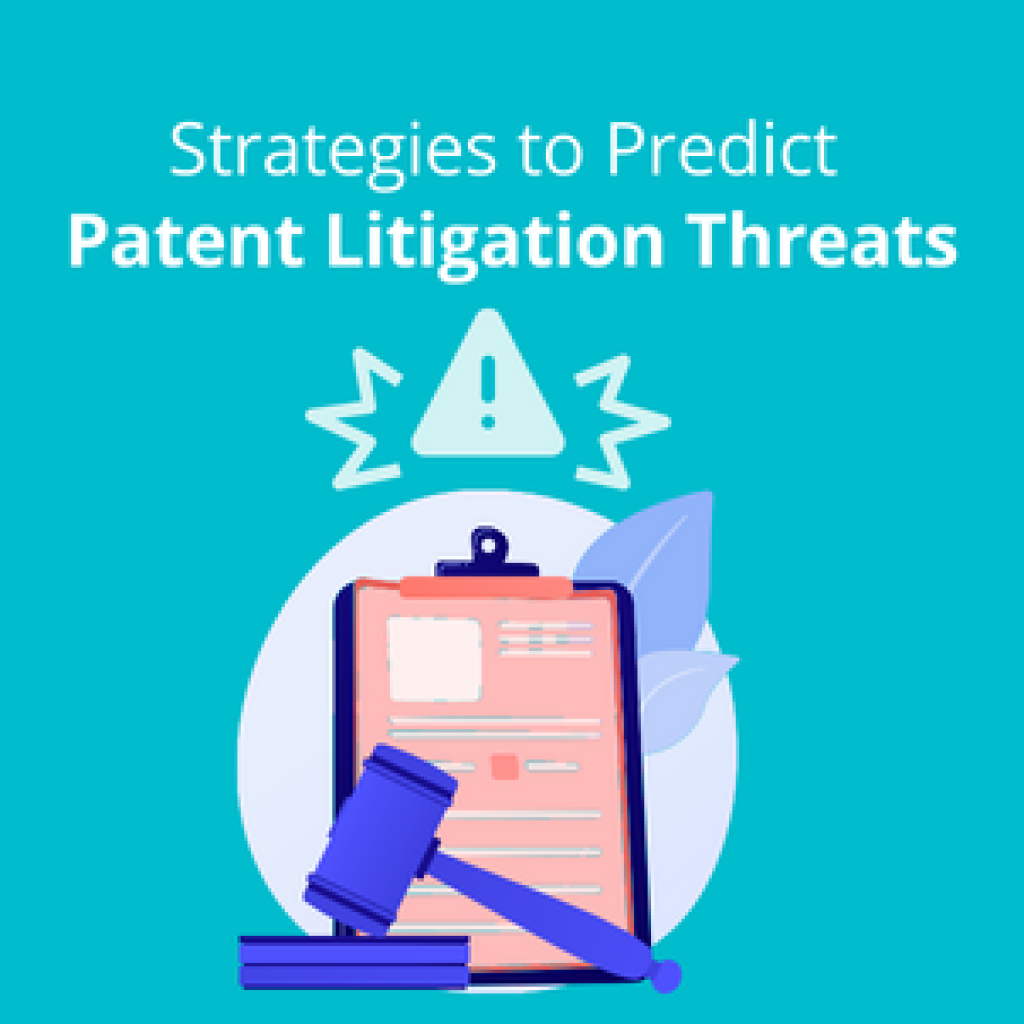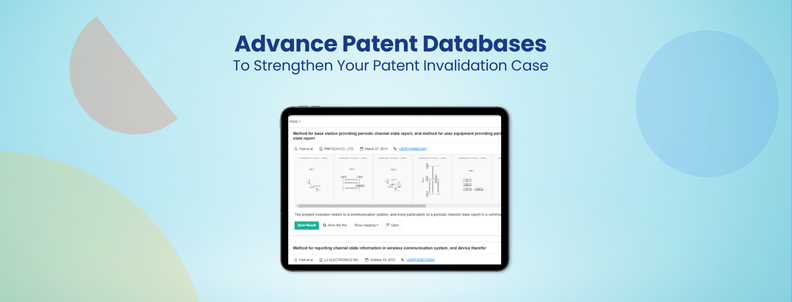If you have a tough competitor who is very active in creating IP, chances are you might be looking for an effective patent strategy to thwart their plans and outpace them. Talking about thwarting plans, I have just the strategy for you, which won’t cost much and help accomplish your purpose. Intrigued? Read on.
It is common knowledge that trying to get competitor’s patents invalidated is the most commonly used strategy in the arsenal of IP counsels. But of course, these patents have to be granted first.
What if you could prevent the assertion of your competitor’s patents, and that too before they are granted?
This is where a third-party pre-issuance submission process could help. Most of you might be familiar with this process introduced by AIA. If you aren’t, at the end of this article, you would know everything you need to know about it. Let’s get started.
What are Third-party Pre-issuance submissions?
Simply put, the process of third party pre-issuance submissions allows any third party to submit prior art references in a pending U.S. patent application for consideration by the examiner, and that too within an easily manageable budget.
How exactly could this help you thwart your competitor’s plans? – You ask.
I’ll tell you two ways how.
It stops/limits any threat from your competitor before it appears
Consider this scenario – You have done extensive R&D on a concept/product, and your competitor following a close watch on your research activities, filed a continuation or continuation-in-parts to one of its earlier applications which broadly covers the concept of your product. Once their patent gets granted, they can and probably will accuse you of using their technology. In that scenario, you will be left with only one option – prove that the patent is invalid. But let’s be honest, it’s going to cost you a lot of money.
Thanks to third-party pre-issuance submission, you can file for nullity action against the application at the time it gets published and possibly limit the scope of the application by introducing some prior-art within a small budget ($180). The best part about this process is this can be filed anonymously. Thus, you cannot get precluded from later challenging any patent that issues on the same grounds.
It stops your competitor from capitalizing on the market
Let’s consider another scenario – You figure that your competition has filed an application, currently in the process of the grant, which can either be the next big thing in the industry, or it is so broad that it will capture a huge chunk of the market, which will eventually affect your business.
Filing a third-party submission can help you limit this application to certain aspects and thwart your competitor’s plans to get a lion’s share of the market.
How to use this strategy to your advantage?
If you wish to make the best use of this jewel of privilege, you would need to plan a timely review of your competitor’s patent filing. The review could be performed quarterly or monthly based on the aggressive nature of your competitor’s patent filing.
You may also consider contracting this periodic review out to a search firm. In some instances, the third party may opt to train its employees to perform relevant searches involving keywords and/or subject matter codes. However, this comes with some risk of willful infringement allegation, particularly if you have or are researching some product on a similar concept as the patent you are opposing.
The next important point you should consider while filing third party submission is using quality or on-point art only, as opposed to overburdening the examiner with voluminous submissions of irrelevant items. Such filings could affect your credibility, not just for that particular application, but rather the third party’s reputation before the USPTO in general, particularly if filings are made in an art group where the third party may find its own patent applications being examined.
Important Timelines to Consider for Third-Party Submissions
You may submit for consideration and inclusion in the record of a patent application – any patent, published patent application, or other printed publication of potential relevance to the examination of the application if such submission is made in writing —
(A) before the earlier of the date a notice of allowance under section 151 is given or mailed in the application for patent; or
(B) the later of—
(i) 6 months after the date on which the application for patent is first published under section 122 by the Office, or
(ii) the date of the first rejection under section 132 of any claim by the examiner during the examination of the application for patent.
An important point to remember
Before you go, there is one thing you ought to know. This kickass strategy to thwart your competitor’s plans might not always work. The applicant may still receive a patent despite your submission. The pre-issuance submission process is generally more useful in limiting and defining the patent scope of an application.
The record may still reflect that the patent should not cover certain elements. Even if no claims are amended in view of a third-party submission, the applicant may end up defining a claim term to overcome the prior art, to clear a path for its current and potential technology usage. If used cleverly, this would still work in your advantage.
Want to know how? Let’s get in touch and talk about it.

Authored by: Nikhil Gupta, Manager, IP Operations.









